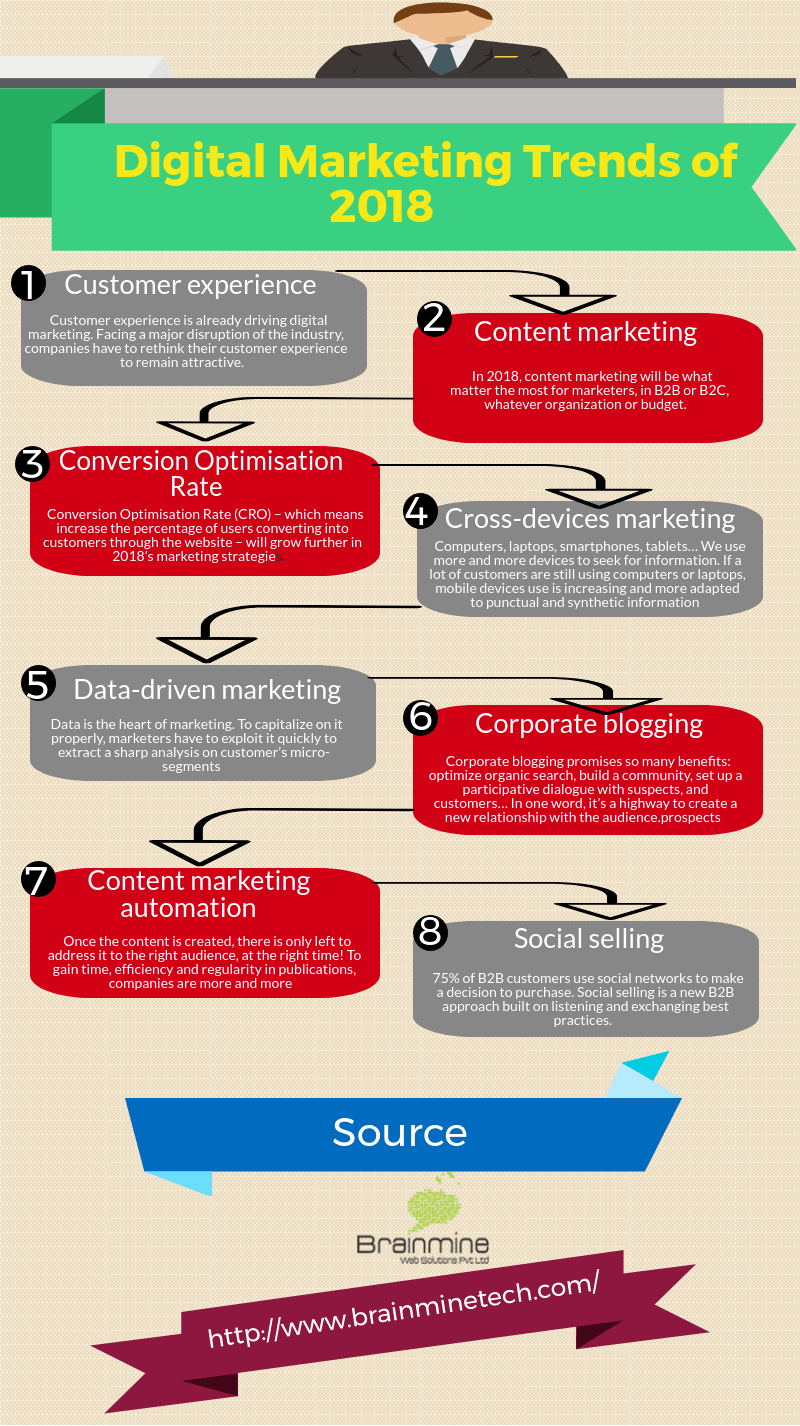The Future Of Dental Surgery: Advancements And Developments Forming The Area
The Future Of Dental Surgery: Advancements And Developments Forming The Area
Blog Article
Article Produced By-Bowers Honore
Welcome to the world of oral surgery, where technologies and advancements are shaping the future of the field! In this amazing realm, you'll witness the transformative power of robotics, the advanced wonder of 3D printing, and the game-changing influence of minimally intrusive methods.
The future of oral surgery holds an assurance of accuracy, performance, and improved client end results. With https://docs.google.com/spreadsheets/d/1o5_9ffHQXke7eyaYpkebZgonw7eXOvMBQ80aVa4CxHA/edit#gid=653800538 of sophisticated robotics, cosmetic surgeons have the ability to do complicated procedures with greater precision and control.
3D printing innovation is revolutionizing the production of oral implants and prosthetics, offering tailored remedies that fit perfectly right into each individual's distinct makeup.
Furthermore, minimally intrusive strategies are reducing post-operative discomfort and recovery time, permitting individuals to go back to their daily lives faster.
Prepare to check out the amazing advancements and breakthroughs that are reshaping the landscape of oral surgery!
Developments in Robotics
One significant improvement in dental surgery is using robotic technology, which enables specific and effective surgical procedures. With the help of robotic systems, oral surgeons have the ability to carry out complicated surgeries with boosted accuracy, minimizing the risk of human error.
These robot systems are furnished with sophisticated imaging innovation and accurate instruments that enable surgeons to browse with detailed physiological structures with ease. By making use of robot modern technology, cosmetic surgeons can achieve higher medical accuracy, resulting in enhanced client results and faster recuperation times.
Furthermore, using discover here in oral surgery enables minimally intrusive treatments, decreasing the trauma to surrounding cells and promoting faster healing.
3D Printing in Dental Surgery
To improve the area of oral surgery, you can discover the subtopic of 3D printing in dental surgery. This cutting-edge modern technology has the potential to change the way dental surgeons operate and treat patients. Below are four key methods which 3D printing is forming the area:
- ** Personalized Surgical Guides **: 3D printing enables the development of highly accurate and patient-specific surgical guides, boosting the precision and effectiveness of treatments.
- ** Implant Prosthetics **: With 3D printing, dental specialists can produce customized dental implant prosthetics that perfectly fit a person's special anatomy, resulting in much better results and patient fulfillment.
- ** Bone Grafting **: 3D printing enables the production of patient-specific bone grafts, lowering the requirement for conventional grafting methods and improving healing and healing time.
- ** Education and learning and Educating **: 3D printing can be used to develop reasonable surgical models for educational purposes, enabling dental cosmetic surgeons to practice complex procedures before doing them on clients.
With dentist clinic open today to improve precision, customization, and training, 3D printing is an interesting development in the field of oral surgery.
Minimally Invasive Strategies
To additionally progress the field of dental surgery, embrace the capacity of minimally invasive techniques that can considerably profit both cosmetic surgeons and clients alike.
Minimally invasive methods are revolutionizing the field by minimizing surgical injury, reducing post-operative discomfort, and increasing the recuperation process. These methods entail using smaller sized incisions and specialized tools to perform treatments with precision and performance.
By utilizing sophisticated imaging innovation, such as cone beam of light calculated tomography (CBCT), surgeons can accurately intend and implement surgical treatments with very little invasiveness.
Furthermore, the use of lasers in dental surgery permits exact tissue cutting and coagulation, causing lessened blood loss and reduced healing time.
With minimally intrusive techniques, people can experience faster recuperation, lowered scarring, and boosted outcomes, making it a necessary aspect of the future of oral surgery.
Verdict
So, as you can see, the future of dental surgery is incredibly appealing, with amazing technologies and developments shaping the field.
From the innovations in robotics to the use of 3D printing and minimally intrusive strategies, dental surgeons are revolutionizing the means they offer care.
While some may worry about the potential expense related to these advancements, it's important to remember that these innovations eventually enhance person results and decrease healing time, making them well worth the investment over time.
